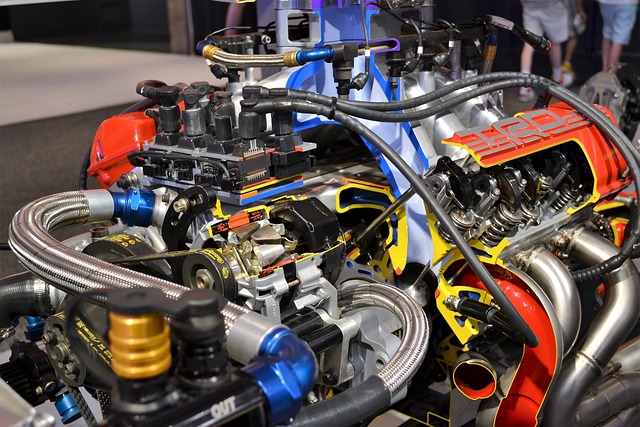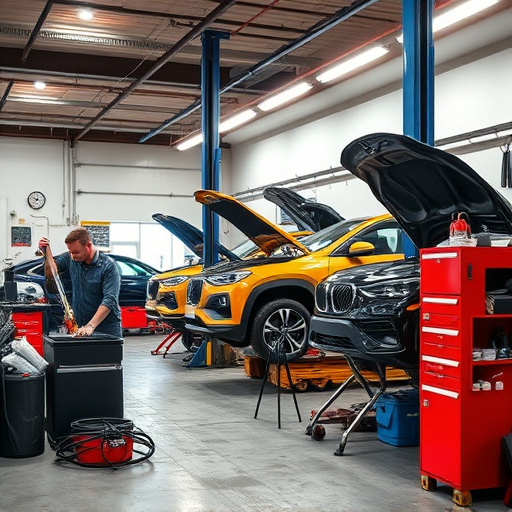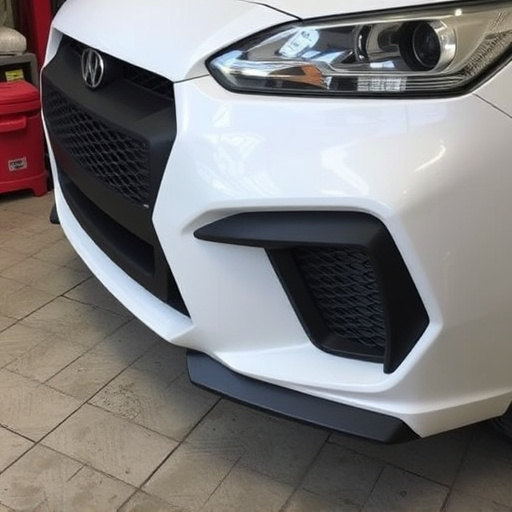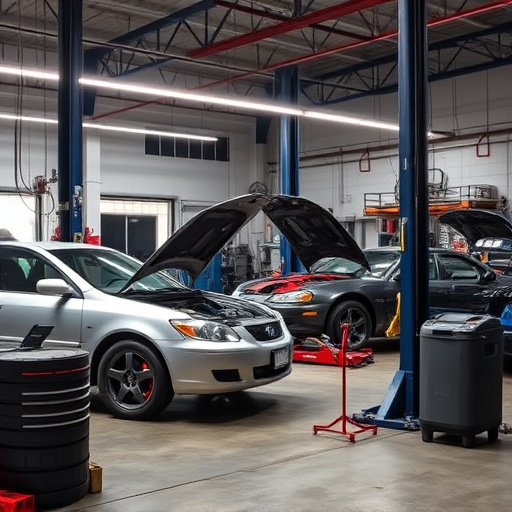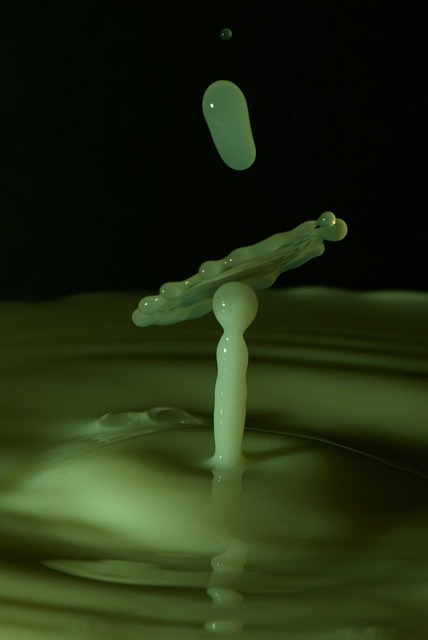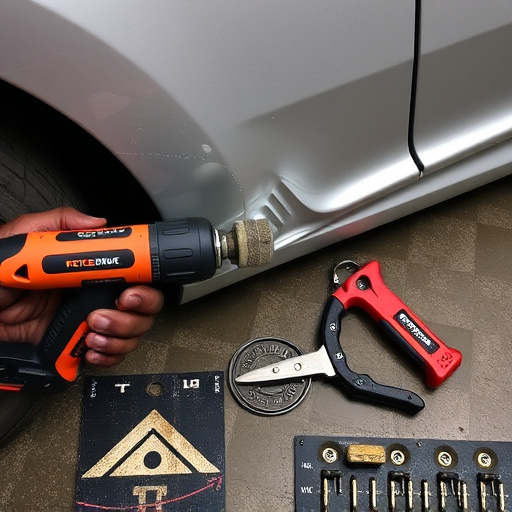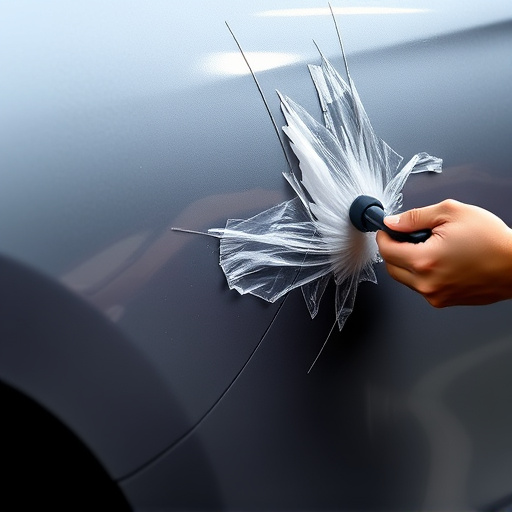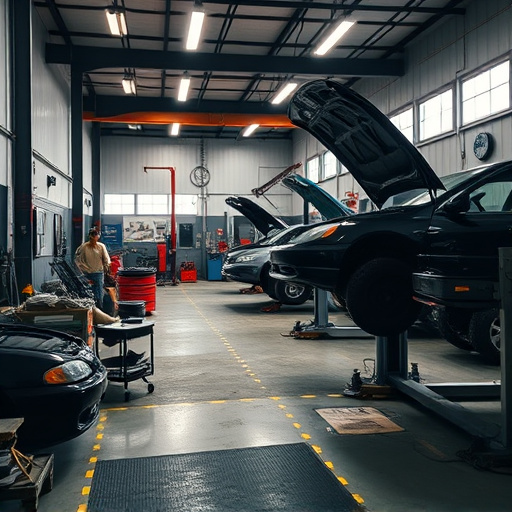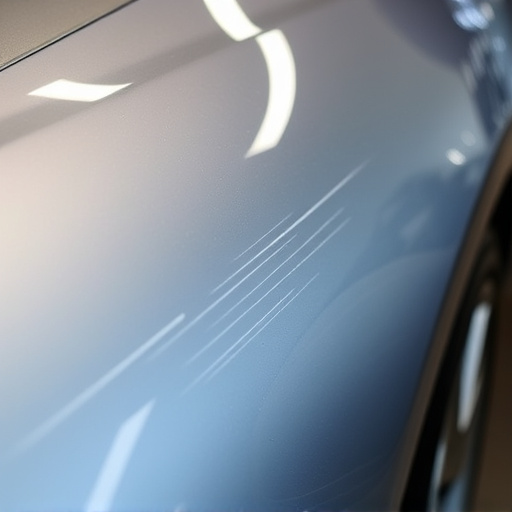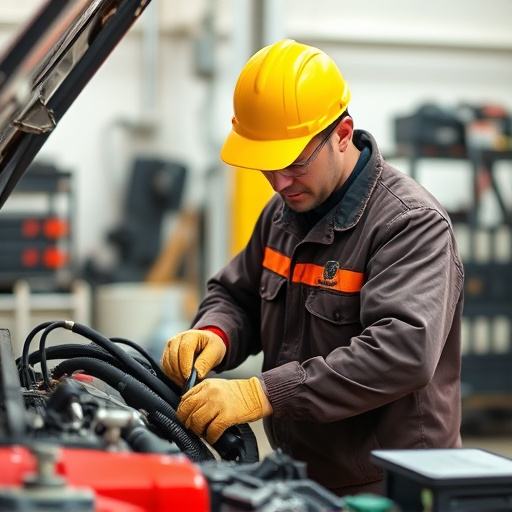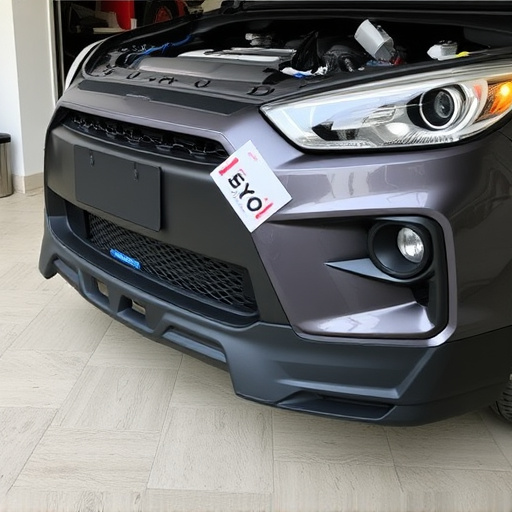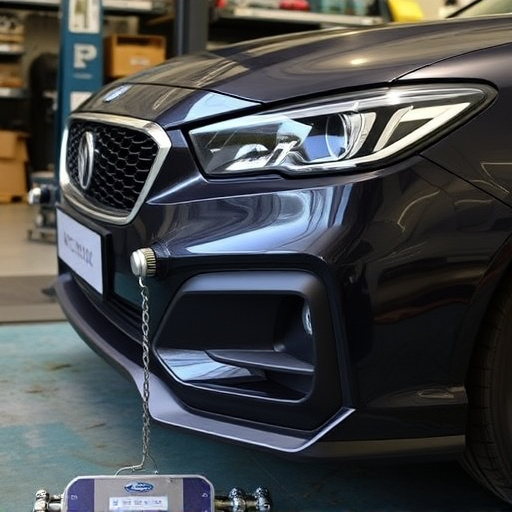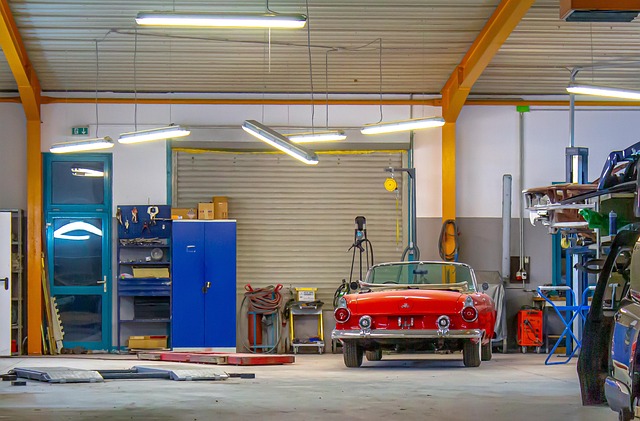While laminated safety glass is prevalent in automotive and architecture due to its strength, alternative options like tempered glass and advanced coatings are gaining traction. These innovations offer improved durability and aesthetics but come at higher costs. When considering a safety glass replacement, factors such as vehicle type, intended use, regional accident patterns, and quality installation from reputable shops are crucial.
Is laminated safety glass still the go-to choice for enhancing building security? While it has long been a popular option, the landscape of safety glass technology is evolving. This article explores modern alternatives and delves into the advantages and disadvantages of contemporary glass solutions. We’ll guide you through the factors that determine the best safety glass replacement, empowering you to make an informed decision in today’s diverse market.
- Exploring Alternatives to Laminated Safety Glass
- Advantages and Disadvantages of Modern Glass Options
- Factors in Choosing the Best Safety Glass Replacement
Exploring Alternatives to Laminated Safety Glass
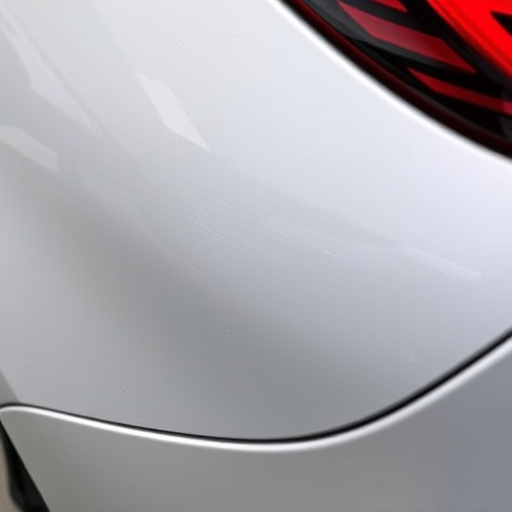
In recent years, the dominance of laminated safety glass as a standard in automotive and architectural applications has sparked discussions about exploring alternatives. While laminated safety glass offers unparalleled strength and safety features, especially in situations like auto body repairs, it’s not always the most suitable option across all industries or use cases. For instance, in certain body shop services, traditional tempered glass might prove more efficient and cost-effective for specific projects.
The market now boasts a diverse array of safety glass alternatives tailored to unique requirements. These innovations include advanced coatings, toughened glass varieties, and innovative composite materials. Such advancements cater to the ever-evolving demands of the automotive industry, construction sectors, and beyond, providing professionals with a spectrum of options for specialized bodywork services that go beyond traditional laminated safety glass solutions.
Advantages and Disadvantages of Modern Glass Options
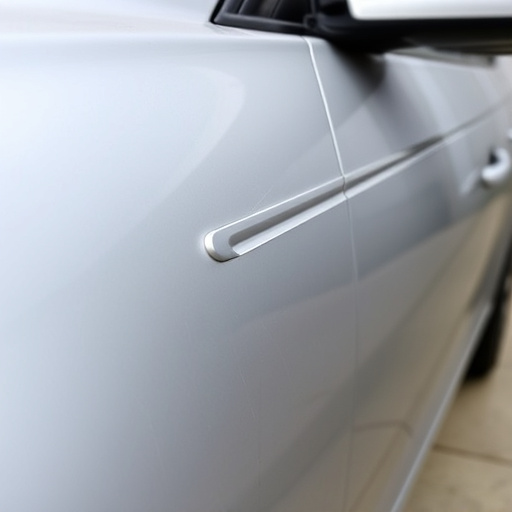
Modern glass options have revolutionized the way we think about safety and aesthetics in various applications, from automotive to architectural. One prominent material, safety glass, has been a staple for its impact resistance and ability to minimize harm when shattered. However, it’s important to consider the evolving landscape of glass technologies, where innovative alternatives are emerging.
Advantages like enhanced durability and improved visual clarity have made newer materials appealing, especially in scenarios demanding superior protection. For instance, advanced laminates can handle severe impacts without fracturing, offering a safer environment during accidents. Moreover, these modern glasses often come with eco-friendly features, as some materials are recyclable or produced using sustainable methods. On the other hand, disadvantages include higher production costs and limited customization options compared to traditional laminated safety glass. Despite these challenges, exploring alternatives like polycarbonate or tempered glass for specific applications could prove beneficial in enhancing safety and addressing unique aesthetic needs, especially considering advancements in car dent removal and scratch repair technologies.
Factors in Choosing the Best Safety Glass Replacement
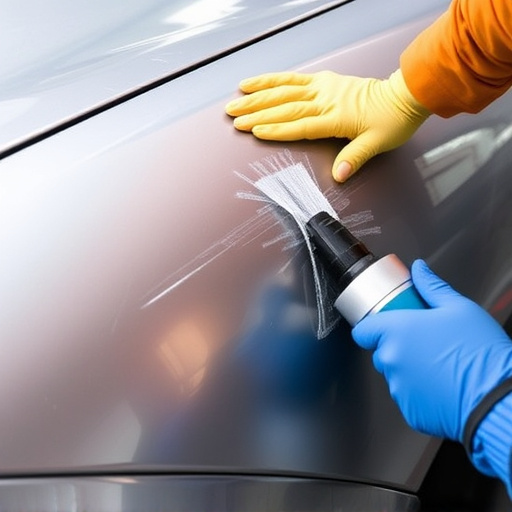
When considering safety glass replacement, several key factors come into play. First and foremost, the type of vehicle and its intended use are crucial. Different cars have distinct needs; a family sedan may require a different level of protection than a sports car or a classic automotive restoration piece. Additionally, the frequency and severity of accidents in the region are significant considerations. Areas prone to severe weather conditions or frequent fender benders will necessitate more robust safety glass solutions.
The materials and manufacturing processes also play a vital role. Laminated safety glass is renowned for its strength and impact resistance, making it a popular choice for both new vehicles and replacements. This type of glass is designed to absorb energy during an impact, minimizing the risk of shattering and potential injuries. Moreover, advancements in technology have led to improved production methods, ensuring consistent quality and enhanced performance when installed by a reputable auto repair shop.
While laminated safety glass has long been the go-to option for enhancing window security, modern alternatives offer innovative features and unique benefits. When considering a safety glass replacement, it’s essential to weigh the advantages of advanced materials like tempered glass, polycarbonate sheets, or even smart glass technologies. Each option presents its own set of pros and cons, from superior impact resistance to energy efficiency and customizable properties. Ultimately, the best choice depends on specific needs, environmental factors, and budget considerations, ensuring enhanced safety and security for any space.
